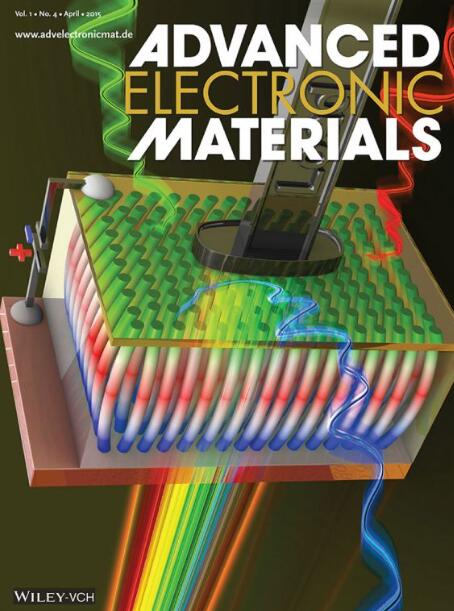Exploring the Bioengineering Potential of CoFe2O4-BaTiO3 Nanoparticles: A Dive into the Magnetoelectric Coefficient
IF 5.3
2区 材料科学
Q2 MATERIALS SCIENCE, MULTIDISCIPLINARY
引用次数: 0
Abstract
Magnetoelectric (ME) materials, especially in the form of core–shell nanoparticles, have gained increasing attention for their potential in bioengineering applications. In particular, cobalt ferrite (CoFe2O4) and barium titanate (BaTiO3) core–shell nanoparticles stand out due to their strong Magneto-Electric (ME) properties. This perspective examines the evolution of the state of the art on CoFe2O4-BaTiO3 core–shell ME nanoparticles (MENPs), describing different methodologies adopted to measure their ME coefficient (α), the main critical parameter correlated with their magnetoelectric behavior. The analysis reveals a broad range of ME coefficients measured, mostly due to heterogeneous measurement techniques and samples. Recently, advancements in measurement technologies, such as scanning tunneling microscopy and piezoresponse force microscopy, have enabled more precise characterizations of these nanoparticles at a single particle scale, leading to the measurement of more precise ME coefficients. A systematic discussion of the recent advancements in the field and future research directions is here outlined, with a particular focus on the role of computational simulations to further deepen the understanding of the ME effects in the development of next-generation multifunctional biomedical devices.

探索CoFe2O4-BaTiO3纳米颗粒的生物工程潜力:深入研究磁电系数
磁电(ME)材料,尤其是核壳纳米粒子形式的磁电材料,因其在生物工程应用中的潜力而日益受到关注。其中,钴铁氧体(CoFe2O4)和钛酸钡(BaTiO3)核壳纳米粒子因其强大的磁电(ME)特性而脱颖而出。本视角探讨了 CoFe2O4-BaTiO3 核壳磁电纳米粒子(MENPs)的技术发展,介绍了测量其磁电系数(α)所采用的不同方法,α 是与其磁电行为相关的主要临界参数。分析表明,测量到的 ME 系数范围很广,这主要是由于测量技术和样品的不同造成的。最近,扫描隧道显微镜和压电响应力显微镜等测量技术的进步,使得这些纳米颗粒在单颗粒尺度上的表征更加精确,从而测量出了更精确的 ME 系数。本文对该领域的最新进展和未来研究方向进行了系统讨论,并特别强调了计算模拟在开发下一代多功能生物医学设备中进一步加深对 ME 效应的理解的作用。
本文章由计算机程序翻译,如有差异,请以英文原文为准。
求助全文
约1分钟内获得全文
求助全文
来源期刊

Advanced Electronic Materials
NANOSCIENCE & NANOTECHNOLOGYMATERIALS SCIE-MATERIALS SCIENCE, MULTIDISCIPLINARY
CiteScore
11.00
自引率
3.20%
发文量
433
期刊介绍:
Advanced Electronic Materials is an interdisciplinary forum for peer-reviewed, high-quality, high-impact research in the fields of materials science, physics, and engineering of electronic and magnetic materials. It includes research on physics and physical properties of electronic and magnetic materials, spintronics, electronics, device physics and engineering, micro- and nano-electromechanical systems, and organic electronics, in addition to fundamental research.
 求助内容:
求助内容: 应助结果提醒方式:
应助结果提醒方式:


